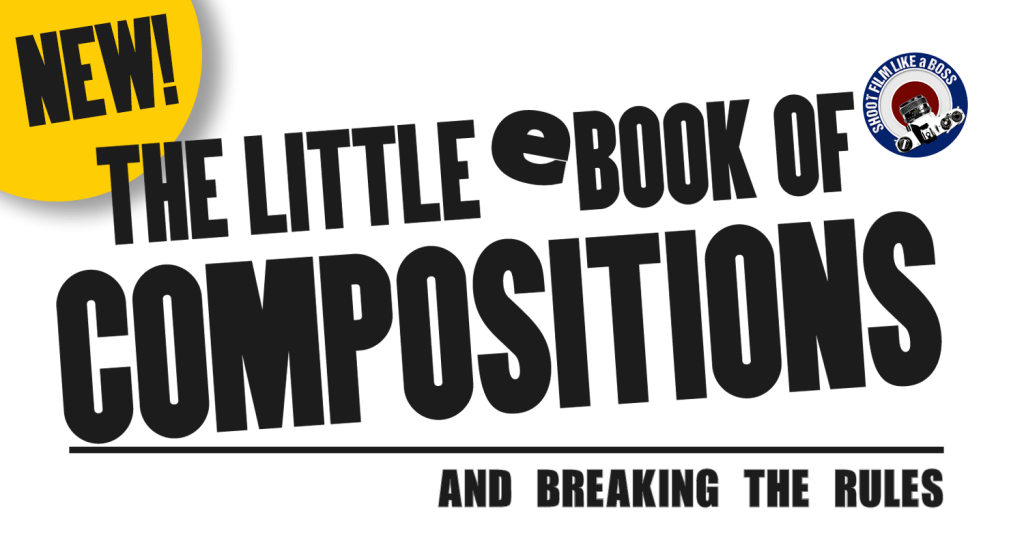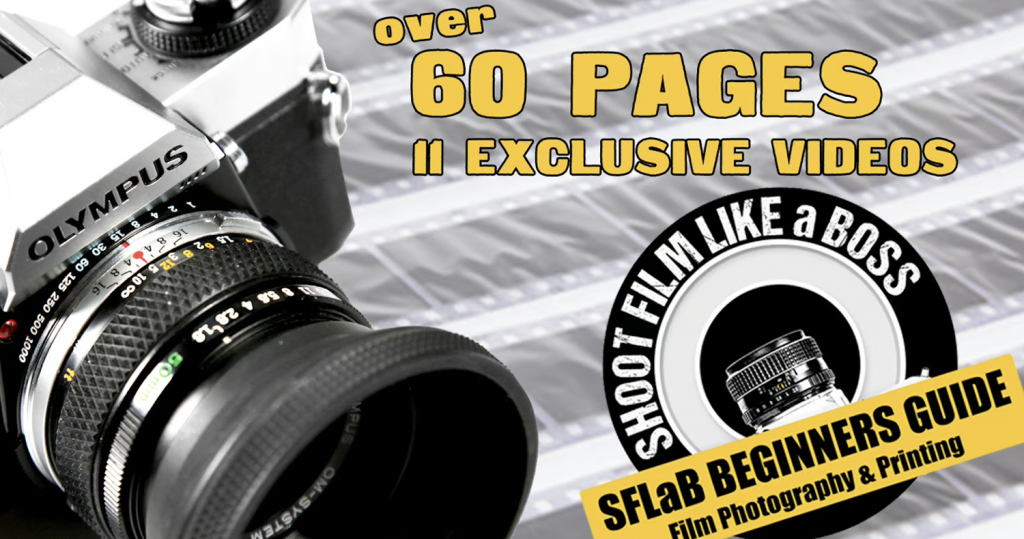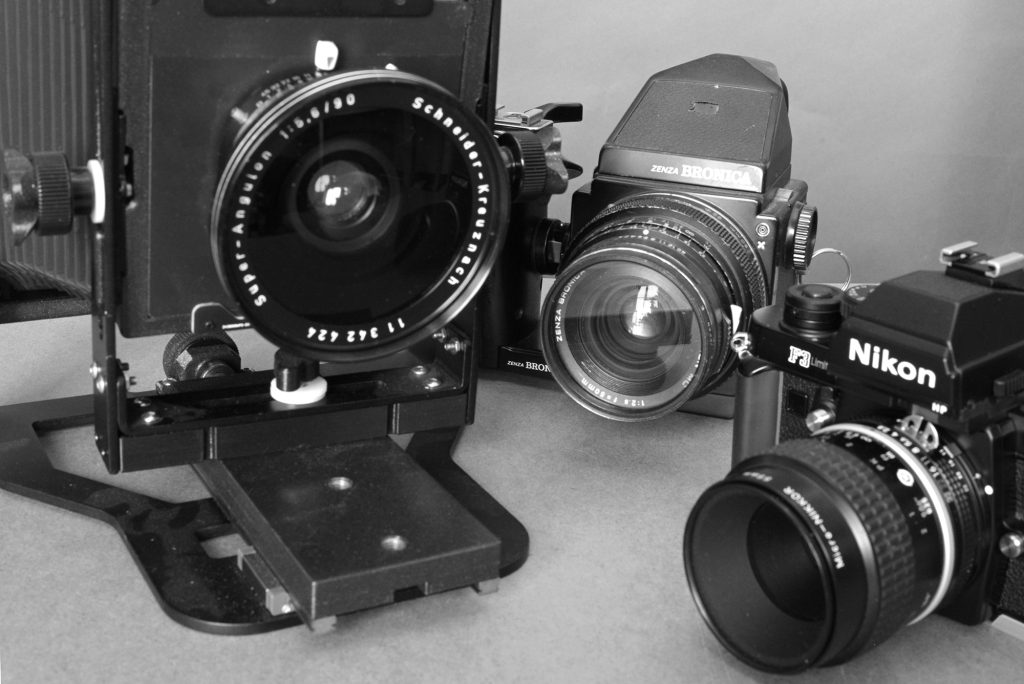
Film photography thrives on variety, and at the heart of that variety lies format. From the small 35mm to the expansive world of large format, each choice dictates the final look and feel of your image.
Starting out: 35mm
If you want to get into film photography and are looking for a camera that will suit your needs it’s important to recognise exactly what you want to use the camera for. What subject and the final delivery. Prints or just scans for instagram posts. The bigger the negative the more expensive your hobby will become. Yet better quality prints.
Below, 35mm, 6×9 and 4×5
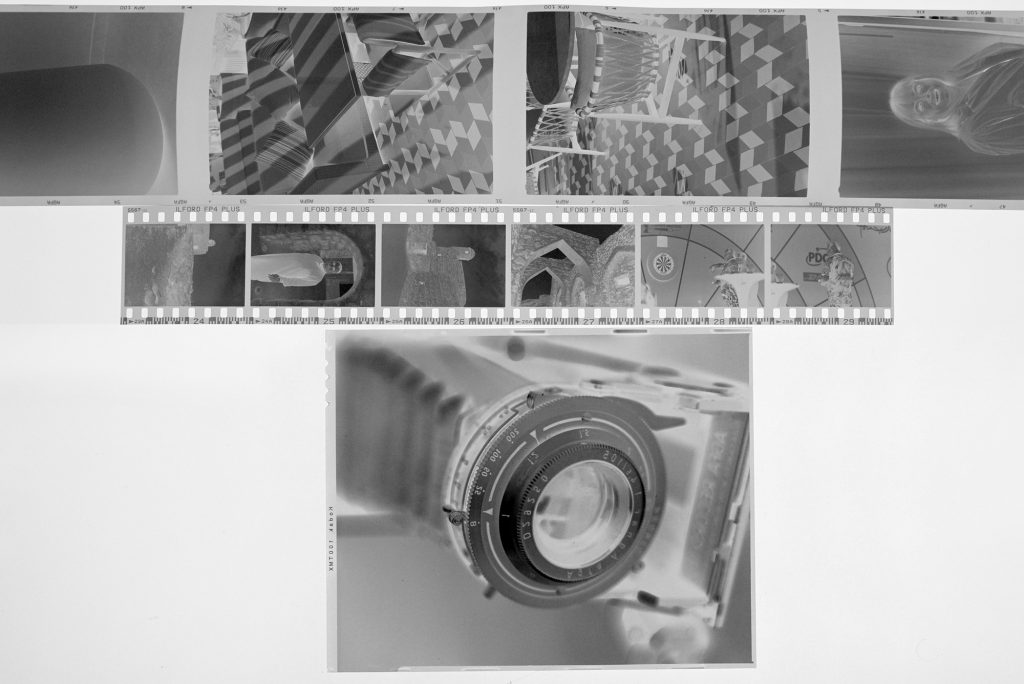
If you enjoy the challenge of street and urban photography and only want to scan your negatives and share with the world on social media then a 35mm film camera would be perfect. SLR or Point and shoot.
If you are not looking for big blow up prints then you don’t need the quality larger formats have to offer. You will get 36 exposures per roll of 35mm film where you can shoot and practice to your hearts content. Even if you intend to print your work 35mm negatives look great 10×8 and even slightly bigger. Start getting into 20 inch prints and beyond and you may start seeing the truth of the film grain.
But let’s face it, a 10×8 or 16×12 inch print of a street or family moment is probably the biggest you will go to if you were to exhibit your work. And with street photography sometimes prints look great with some grain, contrast and grit anyway.
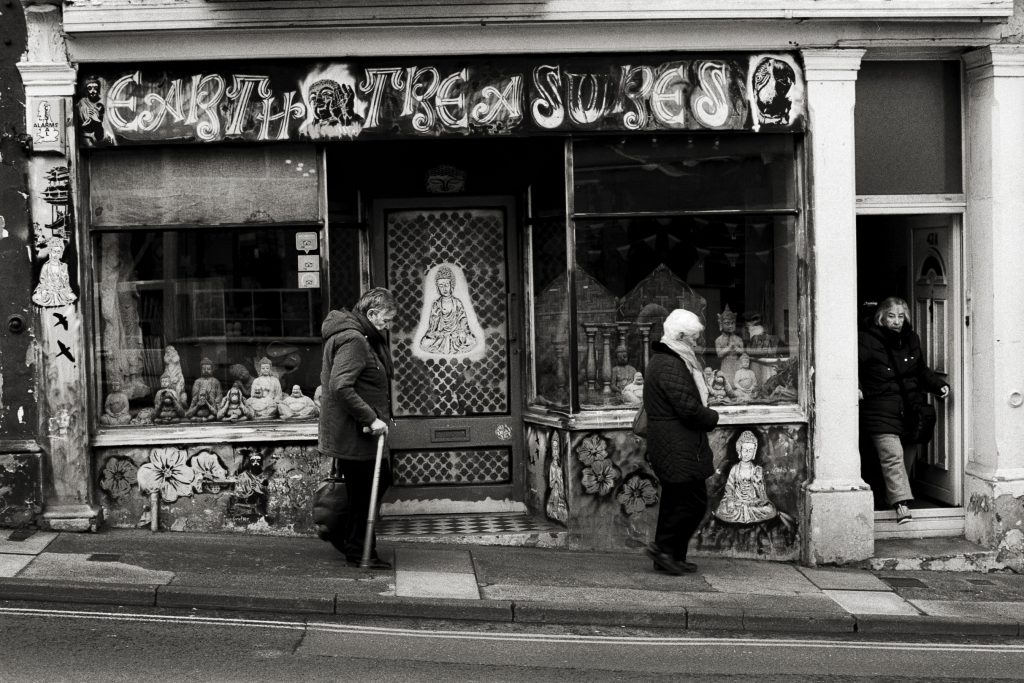
If you want to shoot mostly portraiture and scapes then maybe a medium format camera would suit you best. With a nice 645 medium format camera you will get 15 shots. Bigger negatives packed with more silver for a better quality photograph and cleaner print enlargements. The film cost for 120 and 35mm are pretty much the same. Would you shoot more than 15 shots for a portrait session on film? Maybe two at a push. Same with landscapes. If you have a scape plan in mind 15 shots on medium format is ample to decide on a favourite negative to print.
Portrait taken on the Yashica Mat124G medium format TLR camera.
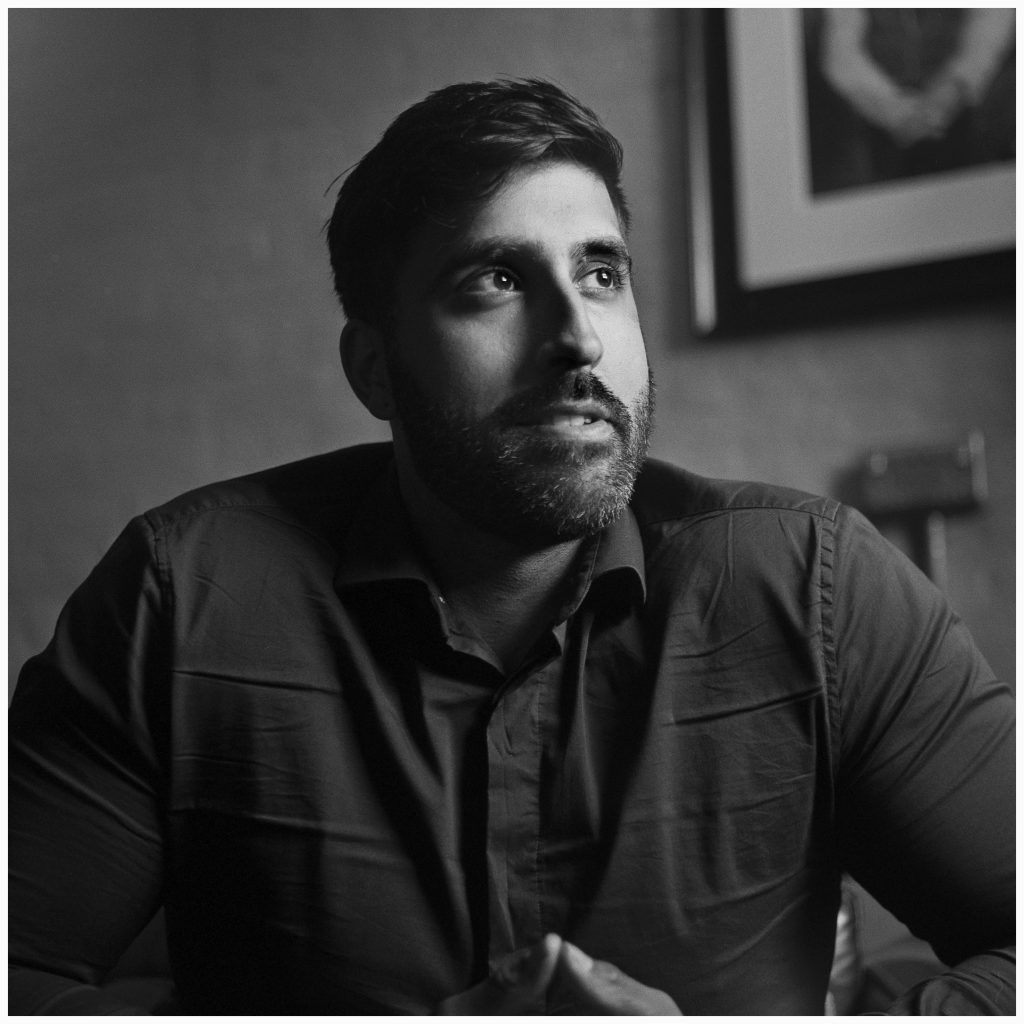
Medium format will offer far more detail than 35mm especially if you intend to print. Especially 6×9.
Scape taken on the Mamiya RZ67 medium format camera. (645 Negative)
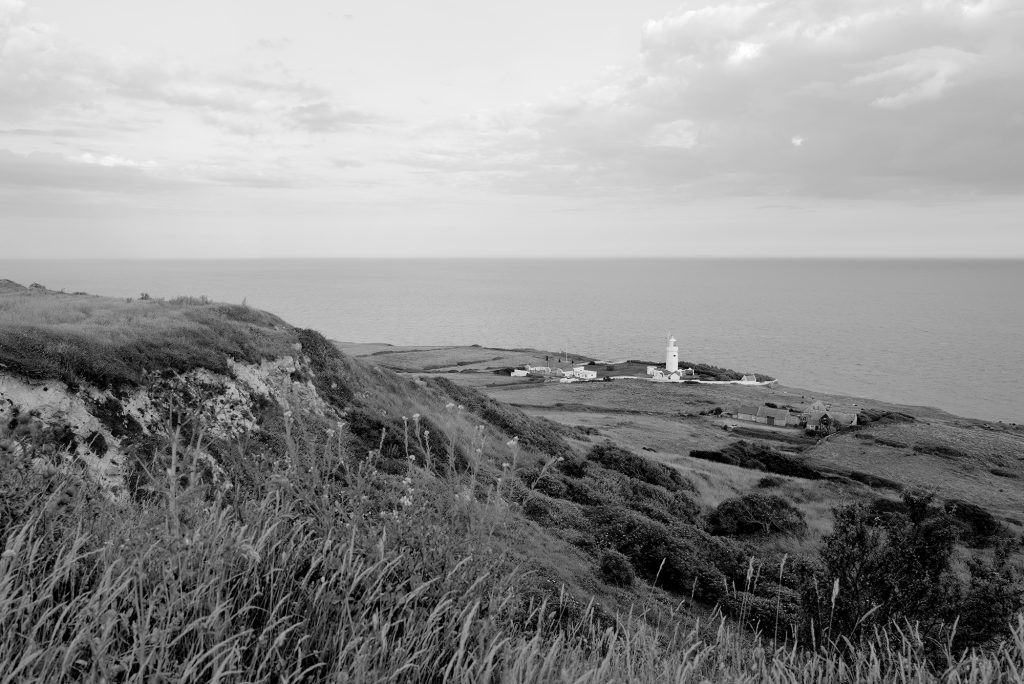
So it’s important to understand what it is you want to use the camera for mostly. If it’s for general all round photography and fun then I would say 35mm is the way forward. Plus. There are a ton of inexpensive 35mm cameras out there.
The three most popular formats are 35mm, medium format, and large format. Let’s explore their distinctive qualities and the impact they have on image quality.
35mm
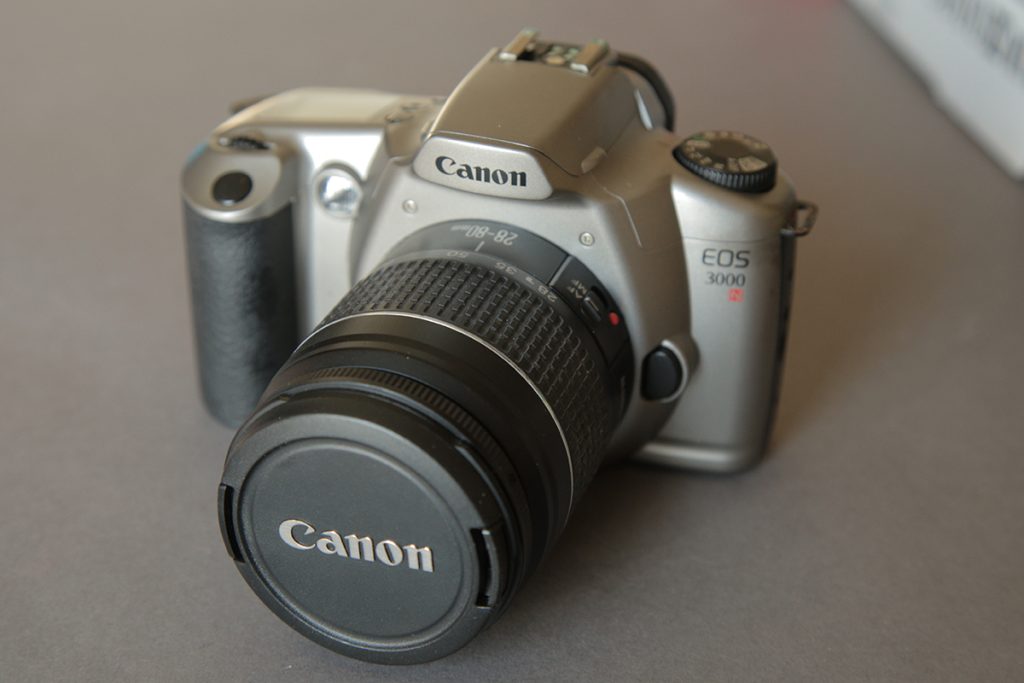
The classic, versatile 35mm format reigns supreme for its convenience and portability. Nestled in compact cameras, it’s your companion for everyday shooting. But don’t underestimate its potential!
- Image Quality: Smaller frame size means smaller negatives, resulting in more visible grain when making print enlargements, especially in low-light situations. However, modern films and skilled development can push the boundaries, yielding impressive results.
- Strengths: Compactness, affordability, vast camera and film selection, perfect for street photography, travel, and everyday moments. Plenty of inexpensive 35mm cameras on the used market as well as lenses.
With 36 exposures (or 24) you get plenty of shots for your money and far more negatives to look for keepers from a single shoot.
Medium Format
For those seeking exquisite detail and smoother tones, medium format beckons. Imagine negatives several times larger than 35mm.
The common sizes are 645, 6×6, 6×7 and 6×9.
645 = 15 shots
6×6 = 12 shots
6×7 = 10 shots
6×9 = 8 shots (insane quality!)
And for medium format you don’t need to pay through the nose for a camera. There are plenty of inexpensive medium format folding cameras out there for sale from the 1950s, 60s and 70s that have wonderful lenses for awesome quality negatives. I have a few and they each deliver impressive quality in their own quirky way. If you want something more modern such as the Hasselblads and Mamiyas you can expect to pay a hefty price. And if looked after and CLA’d (Clean, Lubricate and Adjust) will last a lifetime.
AGFA Record II 6×9 Medium Format Camera
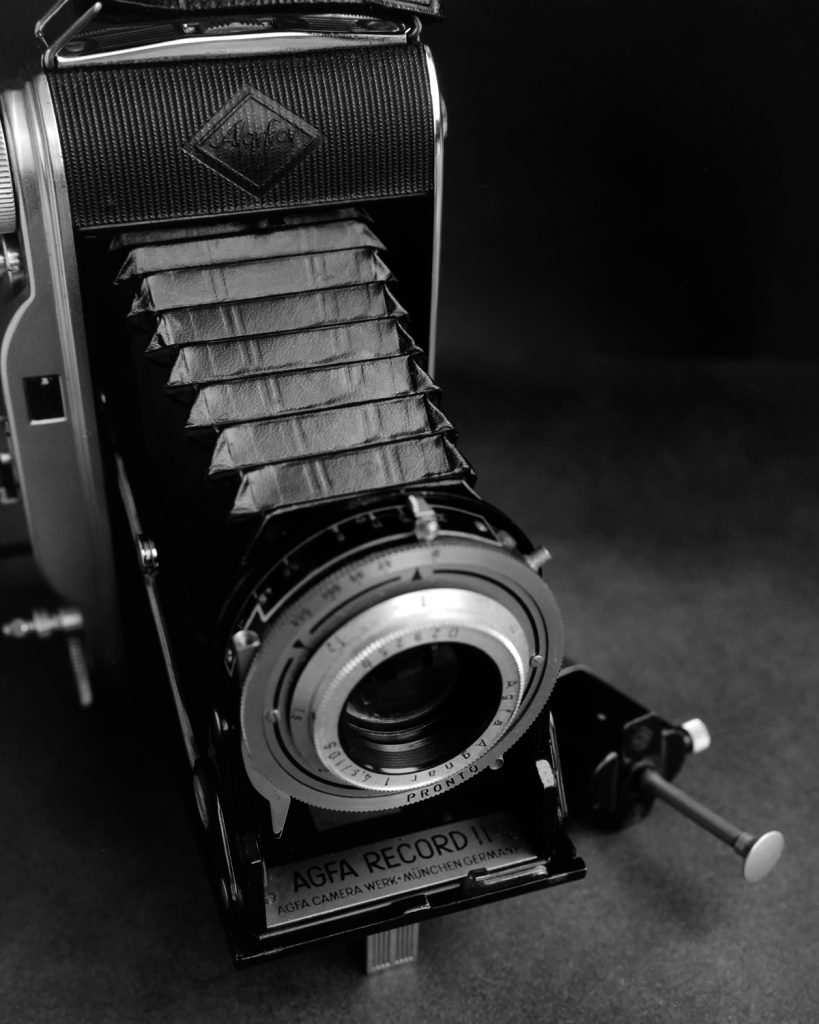
- Image Quality: The larger negative translates to significantly less grain, capturing intricate details and offering wider dynamic range. Prints can be enlarged further without sacrificing quality.
- Strengths: Superb image quality, ideal for landscapes, portraits, and fine art photography. Offers a slower, more deliberate shooting experience.
When you have only 8 shots in your camera you do find yourself slowing down and taking the time to expose, frame and wait for the right moment. You want each negative to be a keeper. Also most of the older cameras don’t have a metering system which leads you to making your own decisions exposing for a scene. You don’t have the option to bracket your shots as much with only 8 shots in the camera and It certainly isn’t a lazy way of taking photographs and get it right across the entire roll of film leads to a self satisfaction to be proud of.
Large Format
The ultimate in image fidelity, large format involves individual sheet films, each meticulously loaded into the camera. Prepare for a shift in pace and mindset!
I use an Intrepid Large Format 4×5 camera and the quality of the negatives are mind blowing and I use it mostly for portraits and landscapes and usually shoot just four sheets of film at any one time.
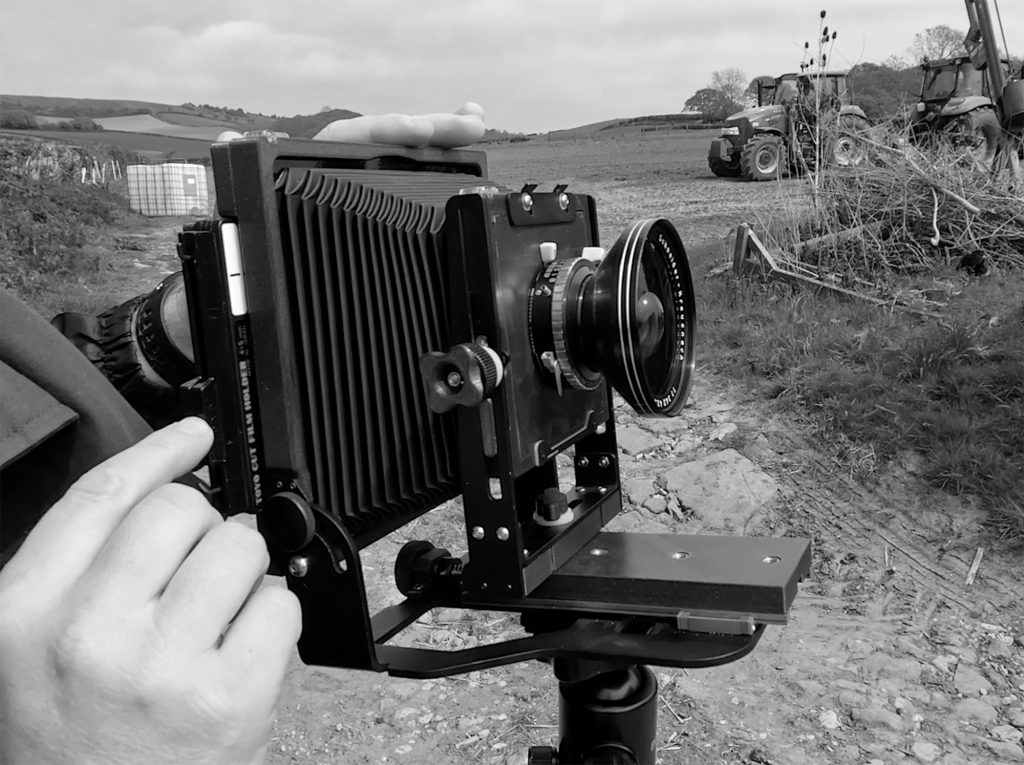
- Image Quality: Unmatched sharpness, minimal grain, and incredible tonal range. Large format excels in capturing vast landscapes and architectural details with breathtaking clarity.
- Strengths: Unparalleled image quality, ideal for professional work, fine art photography, and achieving museum-worthy prints. Demands meticulous technique and a much slower workflow.
So, Which Format is Right for You?
The choice boils down to your creative vision and priorities.
- 35mm: Ideal for portability, affordability, and capturing life on the go.
- Medium Format: Excellent balance between size, quality, and creative control.
- Large Format: For those seeking the absolute best image quality and a unique, deliberate shooting experience.
Remember, the format is just one aspect of the equation. Your camera, lens, film choice, and personal style all contribute to the final image. Experiment, explore, and discover the format that resonates with your creative voice!
Bonus Tip: Don’t be afraid to mix and match! Each format has its strengths, and you can leverage them to create a diverse portfolio showcasing various aesthetics.
I hope this blog has shed some light on the exciting world of film formats. Remember, the journey is just as important as the destination. So, grab your camera, choose your format, and start capturing the world in its unique beauty!
